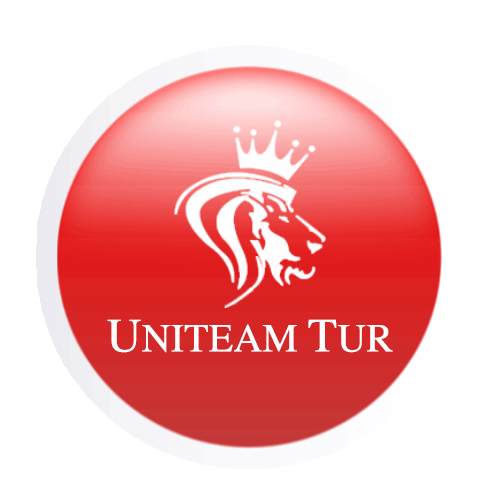

Bursa Uludag (Grandmountain)
1. Culture Vultures
Bursa lies in the northwestern part of Turkey near the Sea of Marmara, about 20 km inland. The Ottomans, who started as a small emirate in the countryside just east of Bursa,took control of their first major city, Bursa. As such, it served as the first capital city of the Ottoman Empire, from 1326, when it was captured from the Byzantines, to 1365, when the capital was moved to Edirne in European Turkey, as sultans started to turn their attention to Europe. Most of the historic sights of the city date back to this early period of the Ottomans. Today, with a population of more than 2,500,000, Bursa is the fourth largest city in Turkey afterIstanbul, Ankara, and Izmir. It is famous for its peach, chestnut, and silk, although lately, heavy industry located in the outskirts of the city has surpassed these traditional industries. Furthermore, Uludağ—one of the highest mountains in Turkey—lies very close to Bursa and is the main winter sports center of Turkey.
Uludag, 36km south of Bursa, is one of the country’s favourite winter sports centres and as well as skiing, its richness of flora and fauna has made it into a National Park and summer activities like trekking and camping are also popular. Uludag was previously known as Olympos Misios in ancient times, and is known in mythology as the place where the gods watched the Trojan war. Plans have been confirmed for a development project, which will offer a huge increase in accommodation and skiing facilities. Its geographical conditions mean that Uludag Ski Resort can also offer heli-skiing, snow boarding, ice-skating and snow biking.
2. Attractions
SnowLand
Uludag is the highest mountain in Western Anatolia, with its peak at Kara Tepe (2543m). It is covered in forests, and the region has a partially temperate climate with a dominant wind direction of south-west/south. The altitude of the skiing area is between 1750 – 2543m, and the best season is from late December to late March. The snow at the beginning of the season is powdery, getting increasingly slushy towards the end.
Turkish Bath
An experience not to be missed while visiting Bursa for anyone interested in a relaxing thermal bath. The mineral water boils up from below the extensive baths built in 1555 and flows into a large central pool from a lion's head fixed into the wall. The baths are anything but touristy but the staff are used to tourists. Not a word of Turkish is necessary! The building remains unchanged since it was built by the Vizer 'Kara Mustafa' or 'Black Mustafa'. It is a large multi roomed building with a wonderful sense of space and proportion. it is modeled on the Roman Baths rather than a hamam as pools - or non-flowing water were never permitted under Islam. This is the exception. A good rubdown (kese) and a massage are essential. Afterwards just go for a nap in one of the beds provided wrapped in towels
3.Events
Shopping is good in Bursa's Covered Bazaar (Kapalı Çarşı) and adjoining caravanserais, including the Koza(Silkwork Cocoon), Han, the İpek (Silk) Han, and several others at the center of the city next to the Ulu Cami.
Bursa's shopping districtactually sprawls far beyond the historic bazaar buildings and offers a bewildering array of items. Silk, particularly silk scarves, are a specialty, as areKaragöz shadow puppets.
Dining is another Bursa specialty, as the city and region have long been famous for theirfresh fruits (particularly the peaches), candied chestnuts(kestane şekeri), and especiallyİskender kebap, slices of roast lamb dressed with browned butter and savory tomato sauce.




